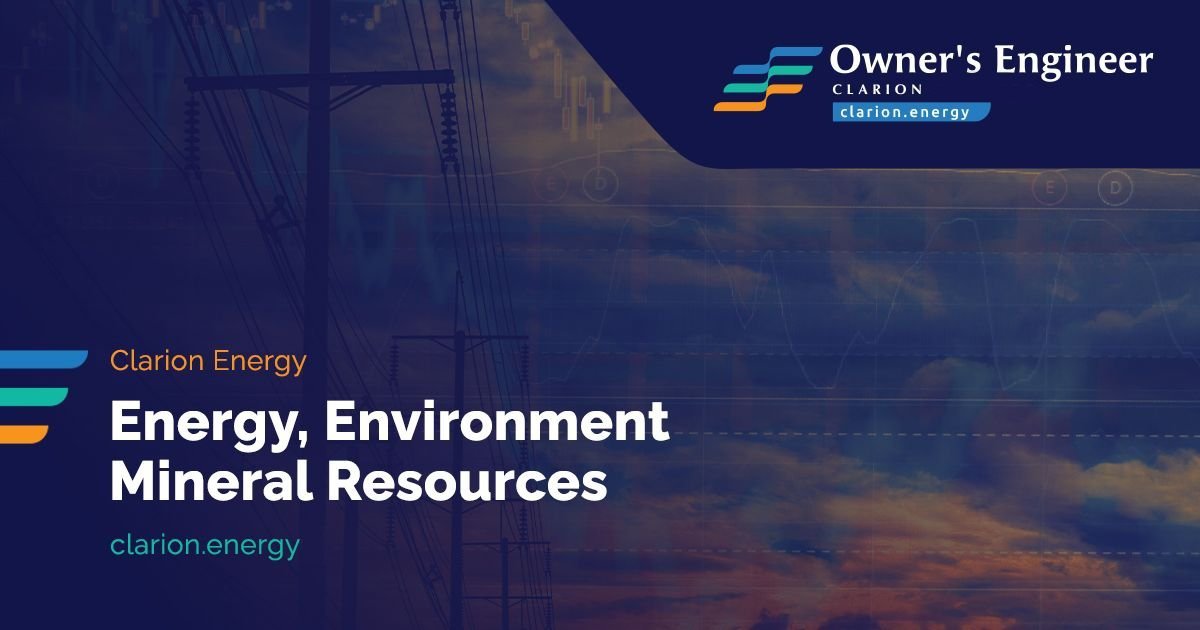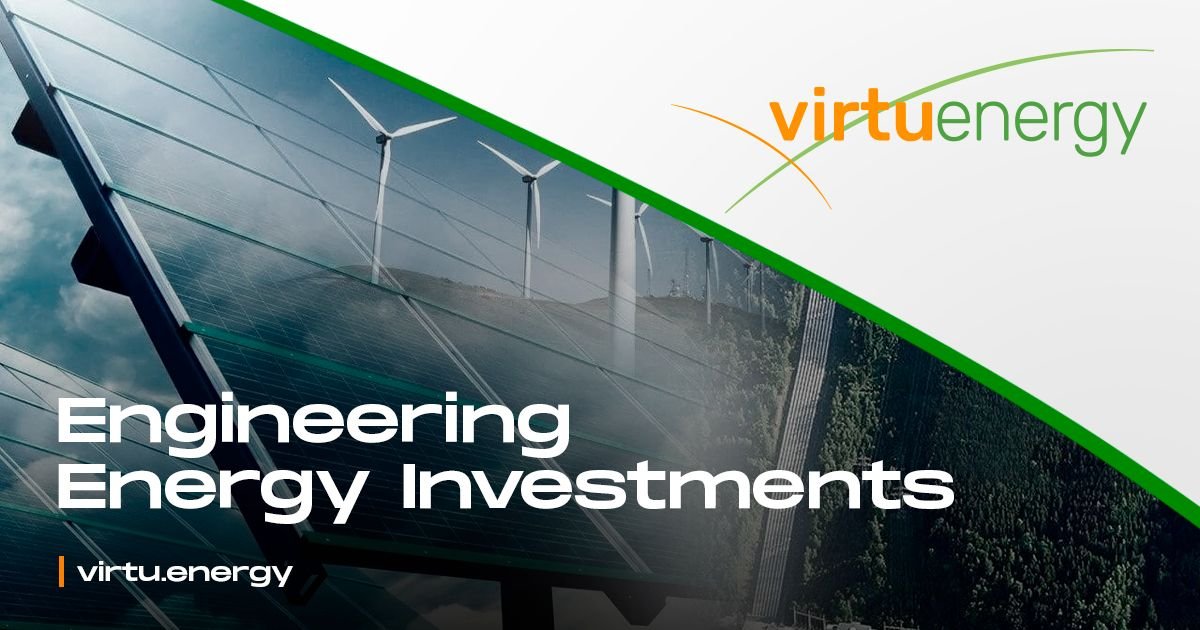Here are some of the key points:
- LNG imports decline: Europe’s liquefied natural gas (LNG) imports fell by 19% in 2024, reaching their lowest levels since 2021. This drop is attributed to a mix of factors, including a push for renewable energy, policies aimed at reducing gas consumption, and increased pipeline gas imports.
- Natural gas consumption: Overall, natural gas consumption in Europe fell to an 11-year low. The demand across the 27 EU nations, the UK, Norway, and Turkey decreased by 20% between 2021 and 2024, remaining stable in 2024 despite slight increases in late 2024.
- Storage and energy security: Despite lower LNG imports, Europe’s gas storage facilities effectively handled supply disruptions, ensuring energy security during critical winter months. At the end of 2024, EU gas storage was at 72.16% capacity, which helped to stabilize the situation.
- Challenges with infrastructure expansion: The expansion of LNG import capacity faced challenges in 2024, with delays in new LNG terminals and a significant slowdown in the growth of regasification capacity (from 29% between 2021–2023 to just 6% in 2024). If the current pace of infrastructure expansion continues, utilization rates at LNG terminals could drop significantly by 2030.
- LNG imports from different regions: The EU’s LNG imports fell by 16% in 2024, with the United States remaining the largest supplier of LNG to the EU, accounting for nearly half of its imports. However, Russian LNG imports saw an 18% increase, and France surpassed Spain as the largest importer of Russian LNG, seeing an 81% increase in imports from Russia.
- Impact on market share: LNG now accounts for 30% of Europe’s total gas supply, down from 37% in 2023, while for the EU, LNG makes up 34%, down from 40%. This indicates a shift away from LNG as a proportion of the overall gas supply.
This shift toward renewable energy sources and the decline in LNG imports are part of broader efforts to transition to cleaner energy and reduce reliance on fossil fuels. The challenges with infrastructure expansion, however, could present long-term obstacles to securing Europe’s energy future, especially if LNG demand rises again in the coming years.











